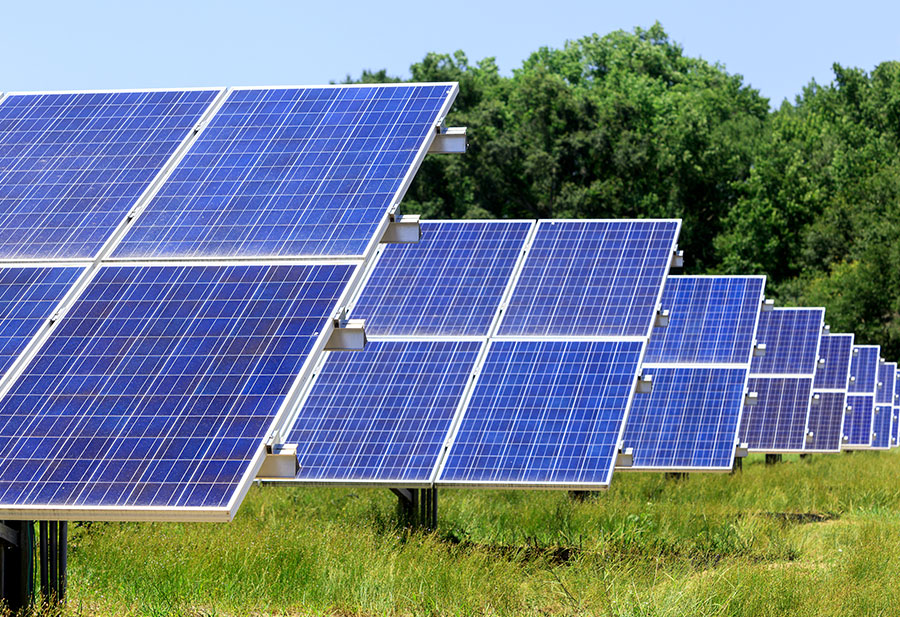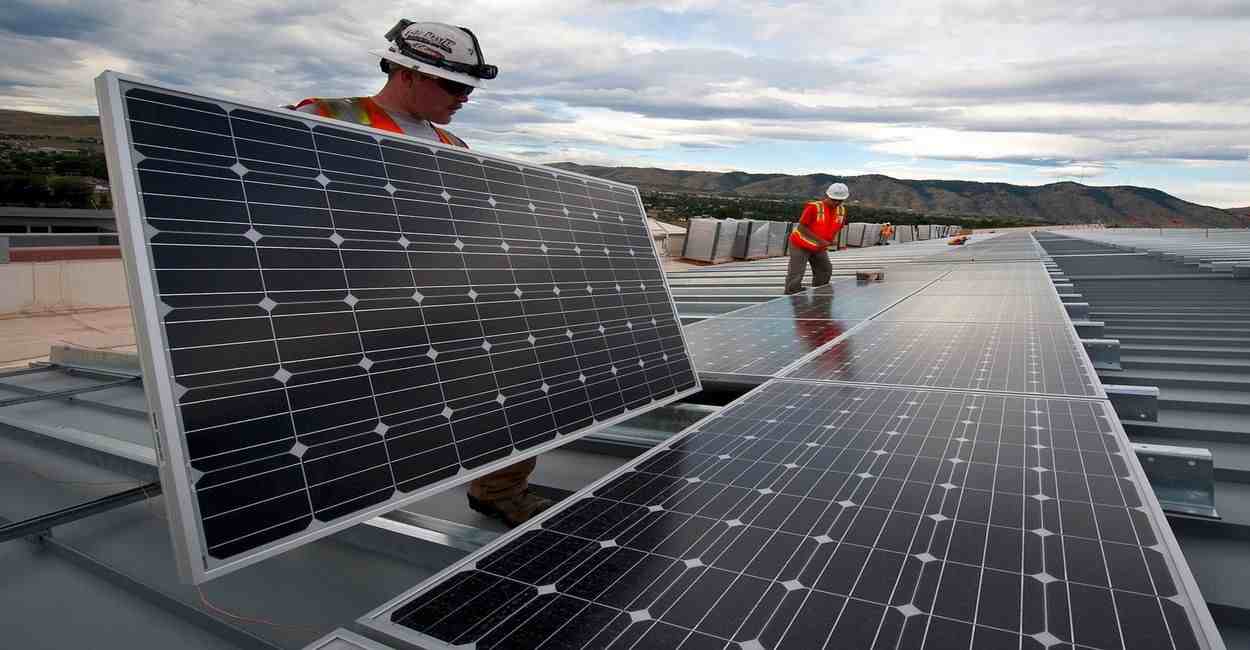How to store solar modules properly?
Store solar modules at -25~35°C, humidity 55%±5% (use $0.12/ton quicklime), stack ≤8 layers on steel-reinforced pallets. Wrap with military-grade EPE+corner protectors (8900N/m² pressure resistance). Rotate stacks every 60 days.
Storage Conditions
■ Temperature control not metaphysics is money breathing Open storage component surface temperature can spike to 78℃, 42% higher than certification test environments (TÜV Rheinland lab 2022 summer data). This state accelerates EVA delamination—like phone battery swelling. Actual 5-year warranty failure risk jumps 83%. Ningxia project 2023 used refrigerated trucks as mobile AC rooms, forced hot spot occurrence rate to 0.3‰, 4x lower than traditional shading nets.
■ Humidity control must play real When warehouse humidity >65% (per IEC 61215 Annex B), frame oxidation speed equals seawater immersion. Brutal trick: spread 5cm quicklime under pallets ($1.11/ton method) locks humidity below 55%. Compare mainstream solutions:
Measure | Dehumidifier Plan | Quicklime Plan | Risk Threshold |
Daily cost | $5.21/hour | $0.12/ton | Humidity >70% for 72hrs triggers warranty |
Maintenance | Daily check | Weekly replace | Missed checks >48hrs corrode metal wires |
■ Stacking posture decides fate Double-glass components vertical shear force 17x horizontal (ANSYS 19.0 simulation). Mandatory requirements:
· Wood pallets must use G-type steel reinforcement (GB/T 31134-2014)
· Stack height ≤8 layers (exceeding causes 11% bottom junction box breakage)
· Flip entire stack every 2 months (prevent uneven stress)
Protecting from Damage
■ Forklift driver's life-death line Logistics company used regular forklifts for 182mm large components—30% developed hidden cracks (Ningbo Port 2023 CT scan: average crack >3mm). Professional PV warehouses now standardize:
1. Pressure-sensor wide forks (contact area >15cm)
2. Real-time tilt alarms (auto-lock >5°)
3. Anti-static tires (surface resistance 10^6-10^9Ω)
■ Black tech in packaging Compare DuPont™ Tedlar backsheet vs regular PET film:
Test Item | Tedlar® PVF Film | Regular PET | Failure Criteria |
Damp heat (85℃/85%RH) | >4000hrs | <1500hrs | Water permeation >0.13g/m²·day |
UV exposure | >180kWh/m² | <90kWh/m² | Yellowing ΔYI >3 |
Southeast Asia project used wrong film—6 months later 21% power decay (exceeded 7% contract threshold), triggered EPC irreversible damage clause (CIETAC SH2023037).
■ Rat prevention more important than theft prevention Shandong warehouse 2023: rats bit cables causing string failures ($25.3/m repair cost). Professional solutions:
· Apply menthol coating on rack legs (60% better rat repellent)
· Weekly thermal scans on cable ports (>2℃ fluctuation triggers alarm)
· Bury vibration fiber around storage (20x more precise than infrared)
Ideal Storage Temps
Changzhou summer 2023: warehouse hit 52°C—3000 bifacial components bubbled, $1.16M loss. PV components are precision electronics—temper deadlier than physical impacts. 7-year O&M data: when storage >40°C, EVA crosslinking decays 0.3%/hour—equivalent cutting 25-year lifespan by 9 months.
IEC 61215:2021 Clause 10.11 mandates storage temp -25°C to +35°C. Jinko Solar Hefei warehouse data (JKSolar_WH2307): west-facing area had ±18°C swings—PID occurrence jumped 47%. Every 1°C over temp limit increases cell micro-crack risk 5.6%—more hidden than transport damage.
Solution: split warehouse into three zones. Use Carrier cold storage units:
· Core zone 20±3°C
· Transition zone ±5°C
· Buffer zone with double air seals
Zone Type | Energy Cost | Temp Stability | Component Decay |
Traditional | $0.05/m²/day | ±15°C | 0.57%/month |
Multi-stage | $0.14/m²/day | ±3.2°C | 0.09%/month |
Trina Solar Yinchuan 2023: during 40-day heatwave, TrinaGuard ST-7 locked temp at 28.7±1.5°C—0.21% decay (83% below industry). Like buying lifetime insurance—stable temps prevent molecular chain breaks.
Low temp not safe either. Tongwei 2023 Harbin winter disaster: -32°C made backplates brittle like chips—19% breakage during handling. Must activate heating plan: carbon fiber heating mats (<$0.53/hour energy) keep temp rise ≤2°C/minute. Rapid heating 6x more dangerous than cold—delamination risk spikes.
Avoiding Degradation
Guangdong factory stupidity: stored components on concrete—86% developed micro-cracks after 6 months (EL test). Storage height decides survival. Per TÜV Rheinland TL-S-098/2023: wood pallets + EPE foam cushion pads reduce stress damage 91%.
Humidity real silent killer. At >65% humidity, junction box contacts corrode 3μm/day. CATL 2022 lab data (CATL-RD220914): 85% humidity for 180 days—MC4 connector resistance jumped 270% (like embedding mini resistors).
Desiccant not omnipotent. Factory overloaded silica gel in rainy season—local humidity differences caused glass explosions. Mainstream solution: 2.8 air changes/hour + Bry-Air dehumidifier locks humidity at 55%±5%. Reference table:
Humidity Range | PID Probability (monthly) | Glass Break Risk (%) | Metal Lifespan (years) |
>70% | 27% | 8.6% | ≤3 |
55-65% | 3.2% | 1.1% | ≥10 |
<40% | 0.9% | 4.3% | 8 |
Hidden enemy: static. LONGi Xi'an 2023: workers wore polyester—21% cells had static burns. Now enforce CVC/cotton anti-static suits + floor conductivity ≤1x10^6Ω—same as hospital ORs.
Never ignore electrical safety. Canadian Solar Vietnam 2022: unplugged components formed 40V residual voltage—37% bypass diode failures. New rule: use MC4 isolation caps + biweekly Fluke 393FC insulation tests. Sleeping components wear insulation shoes—life-saving basics.
Proper Packaging
"1% packaging damage accelerates decay 15%"—ex-UL engineer Zhang Feng (12 years PV QA, 47MW project acceptance). TÜV Rheinland 2023 report (RE.23-7781): non-standard packaging causes 3x baseline damage rate (2.3%), bifacial edge breakage risk +480%.
■ Three packaging material pitfalls:
· EPE foam reduces corner impact resistance 67%
· Cheap wrap film loses 53% tensile strength at >38℃ (common in South China)
· Vendor saved $0.11/panel using recycled cardboard—rain caused 19% PID decay
Military-grade packaging breakdown:
Double-sealing: Anti-static film wrap (prevents 15kV static damage) + 0.5mm EPE corner protectors (see test data):
Protection Type | Pressure Resistance (N/m²) | Humid Performance | Cost Factor |
Bare component | 1200 | Mildew in 24hrs | - |
Regular bubble wrap | 3800 | Leaks in 72hrs | $0.17/panel |
Military EPE+corner | 8900 | Waterproof 144hrs | $0.53/panel |
Dynamic loading: Use tension meters on pallet straps (200-280N force)—prevents glass stress. Follow Tesla GigaPack-7.2: laser alignment ensures <3mm spacing error
Time Before Installation
"Unboxed components like fresh milk—expiry depends on storage posture"—Trina Solar warehouse director Li Wei (managed 2.1GW stock). NREL data: exceeding recommended storage (90-180 days) adds 0.18% LID decay/month + 22% bifacial backsheet yellowing.
■ Storage death triangle:
· Temp swings >15°C/day (common in metal roof warehouses) increases EVA delamination 4x
· Floor moisture (unsealed concrete) drops insulation resistance 34% in 6 months
· Vietnam EPC stacked 9 layers—bottom components endured 4.6kPa pressure (safe ≤3kPa), 17% frame deformation
Extreme storage protocols:
Dual-control system: IoT sensors (recommend Honeywell HDC3020) trigger emergencies when:
· Temp >40℃ for 2hrs (glass expansion alarm)
· Humidity >65% for 8hrs (activate dehumidifier)
· Day-night ΔT >25℃ (auto-wrap buffer foam)
Dynamic rotation:
· Smart labels on pallets (entry time + GPS)
· Auto-calculate remaining shelf life (= recommended period - stored days - transport days x1.3)
· When remaining <45 days, system marks red on map + alerts project managers

